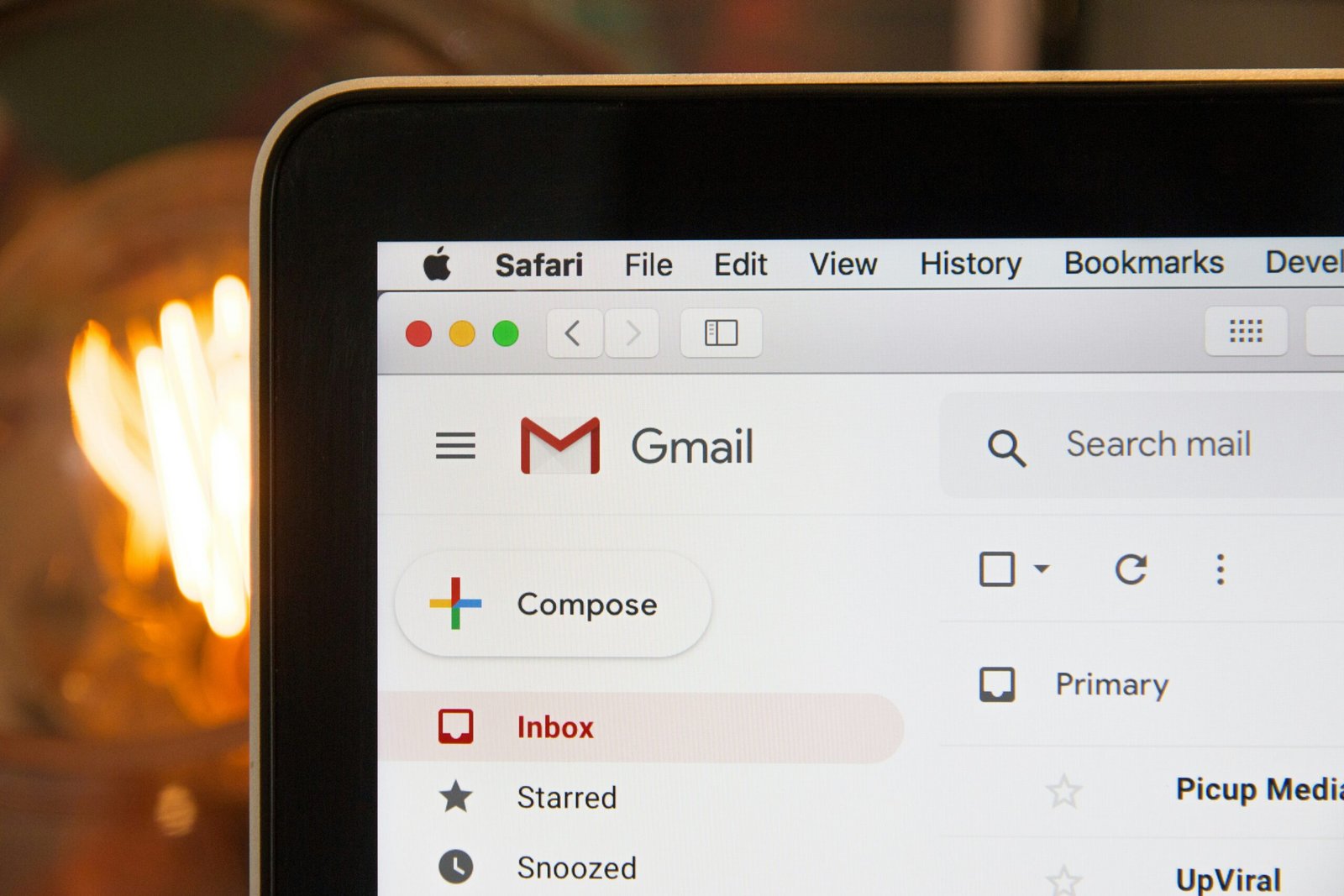Building an email list is one of the most effective ways to grow your blog’s audience and boost engagement. As a beginner, this guide will walk you through everything you need to know to start building your email list in 2024. Let’s dive in!
1. Understanding the Importance of an Email List
Why You Need an Email List
Before we get into the nitty-gritty details, let’s first understand why having an email list is crucial for your blog. An email list allows you to have direct communication with your readers. Unlike social media platforms, where algorithm changes can affect your reach, emails land directly in your subscribers’ inboxes. This direct line of communication helps you build a loyal audience, drive traffic to your blog, and ultimately, increase your revenue.
Benefits of an Email List
- Control and Ownership: You own your email list, unlike followers on social media platforms.
- Higher Engagement: Emails have a higher engagement rate compared to social media posts.
- Targeted Communication: You can segment your email list and send targeted messages based on your subscribers’ interests.
- Monetization Opportunities: An engaged email list can lead to better monetization opportunities through product sales, affiliate marketing, and sponsored content.
2. Choosing the Right Email Marketing Service
What to Look for in an Email Marketing Service
Choosing the right email marketing service is crucial for your email list-building journey. Here are some factors to consider:
- Ease of Use: The platform should be user-friendly and easy to navigate.
- Automation Features: Look for features like automated welcome emails, drip campaigns, and segmentation.
- Analytics and Reporting: Ensure the service provides detailed analytics to track your email performance.
- Integration: The service should easily integrate with your blog and other tools you use.
- Pricing: Choose a service that fits your budget and offers scalability as your list grows.
Top Email Marketing Services for Beginners
- Mailchimp: Known for its user-friendly interface and robust features.
- ConvertKit: Great for bloggers and creators with powerful automation tools.
- AWeber: Offers a range of templates and excellent customer support.
- Sendinblue: Provides comprehensive features and affordable pricing.
3. Setting Up Your Email List
Creating an Opt-In Form
An opt-in form is a gateway for your readers to subscribe to your email list. Here’s how to create an effective opt-in form:
- Placement: Place your opt-in form in strategic locations on your blog, such as the sidebar, footer, and within blog posts.
- Design: Ensure the form is visually appealing and matches your blog’s branding.
- Copy: Write compelling copy that clearly explains the benefits of subscribing to your email list.
- Call-to-Action (CTA): Use a strong and clear CTA that encourages readers to subscribe.
Offering a Lead Magnet
A lead magnet is an incentive you offer to your readers in exchange for their email address. It can be anything valuable and relevant to your audience. Some popular lead magnet ideas include:
- E-books: Provide in-depth information on a topic your readers are interested in.
- Checklists: Offer a handy checklist that helps your readers accomplish a task.
- Templates: Share templates that save your readers time and effort.
- Resource Lists: Compile a list of resources that your readers will find useful.
4. Growing Your Email List
Promoting Your Opt-In Form
To grow your email list, you need to promote your opt-in form effectively. Here are some strategies:
- Social Media: Share your opt-in form on your social media channels.
- Guest Blogging: Write guest posts for other blogs and include a link to your opt-in form.
- Webinars: Host webinars and collect email addresses from attendees.
- Pop-Ups: Use pop-up forms on your blog to capture more subscribers.
Collaborating with Other Bloggers
Collaborating with other bloggers can significantly boost your email list. You can:
- Co-Host Webinars: Partner with other bloggers to host webinars and share the email list.
- Guest Appearances: Appear on podcasts or YouTube channels of other bloggers and mention your opt-in form.
- Content Swaps: Exchange content with other bloggers and include links to each other’s opt-in forms.
5. Engaging Your Subscribers
Crafting Compelling Welcome Emails
The welcome email is the first email your subscribers receive after signing up. Make it count! Here’s what to include:
- Introduction: Introduce yourself and your blog.
- Value Proposition: Explain what subscribers can expect from your emails.
- Call-to-Action: Encourage subscribers to follow you on social media, read a popular blog post, or reply to the email.
Sending Regular Newsletters
Keep your subscribers engaged by sending regular newsletters. Here are some tips:
- Consistency: Send emails consistently, whether it’s weekly, bi-weekly, or monthly.
- Value: Ensure each email provides value to your subscribers, such as tips, updates, or exclusive content.
- Personalization: Use personalization to address subscribers by their first name and tailor content to their interests.
6. Analyzing and Optimizing Your Email Campaigns
Tracking Key Metrics
To ensure your email campaigns are effective, track these key metrics:
- Open Rate: The percentage of subscribers who open your email.
- Click-Through Rate (CTR): The percentage of subscribers who click on links within your email.
- Conversion Rate: The percentage of subscribers who take the desired action, such as purchasing a product or signing up for a webinar.
- Unsubscribe Rate: The percentage of subscribers who unsubscribe from your list.
A/B Testing
A/B testing involves sending two versions of an email to see which performs better. Test different elements such as:
- Subject Lines: Test different subject lines to see which one gets more opens.
- Email Content: Experiment with different types of content to see what resonates with your audience.
- CTAs: Try different calls-to-action to see which one gets more clicks.
Conclusion: Taking the First Step
Building an email list for your blog might seem daunting at first, but with the right strategies and tools, you can create a robust and engaged subscriber base. Remember to start small, be consistent, and always provide value to your subscribers. Happy list building!
By following this guide, you’ll be well on your way to growing your blog’s audience and boosting engagement through a powerful email list. Happy Blogging!

